
Wes Anderson’s movies are beloved for their saturated palettes, abundant cast of characters, scene-setting, one-dimensional shots, and wide-ranging discussions about life, mortality, and art. His attention to the tiniest details of script, set, and story allow him to create truly immersive worlds that are made whole by the musical selections.
Wes’s 18th film, Asteroid City, takes place in the 1950s in an Arizona desert town—population 87—during a youth astronomical innovation contest. There, an unlikely combination of brainiac teens and their art-inclined parents are quarantined among scientists, cowboys, and schoolchildren following an alien encounter. It’s set to country western tracks tinged with swing, bluegrass, and skiffle—all carefully researched and selected by Randall Poster, the movie’s music supervisor.

Wes Anderson on the set of “Asteroid City”
Randall was first introduced to Wes as the director was putting the finishing touches on the 1996 dramedy Bottle Rocket. The two met up in LA to talk movies and music, and they instantly clicked. Immediately afterward, they began work on 1998’s Rushmore, and in the 25 years since, Randall has served as Music Supervisor for all of Wes’s films, including The Royal Tenenbaums and The French Dispatch.
Ahead of Asteroid City’s debut in New York and LA on June 16 and across the U.S. on June 23, Randall offered his musical insights and a few thoughts about the meaning of the movie’s meta storyline, too, in conversation with For the Record.
You and Wes are in constant communication before, during, and after production. Where did you begin with Asteroid City?

Randall Poster. Photocredit: Taylor Hill
The most important work that Wes and I do together is in between the movies. I’m generally in conversation with him as the story is evolving and as the script is coming together. We get in there, very actively, as the films are taking shape. So for the most part, we have some clues to pursue in putting together the musical component of the movie.
For Asteroid City, we’d talked about the film as he was writing. In a lot of the other work we’ve done, there are songs that have come into play first. “Last Train to San Fernando” was something we identified—almost immediately—that would be for the movie. And that led us to explore the reaches of western swing and skiffle and all the various musical characters that played that music in that 1950s period.
So I listened to a lot of Bob Wills. We had used Burl Ives in Fantastic Mr. Fox. Roy Rogers is in the movie, and Tennessee Ernie Ford, and some great, legendary, perhaps lost for a moment musical characters. At one point we said, Let’s really hit these western swing/country western cowboy songs, and let’s hit them hard.
I kind of lived in the period country western charts for a little bit trying to select what I thought were great songs and important voices to present to Wes, and then slowly but surely, he found places for various songs.
How do you discover the music that’s used in the movie?
In researching, I try to be pretty exhaustive. Oftentimes, the research is trying to find the person or people who are the experts in that genre or era to tap into. I also do research that’s beyond lists, so you see what might have been a particularly poignant musical piece from that era to help also render time. In this instance, it also affected the place—Arizona.
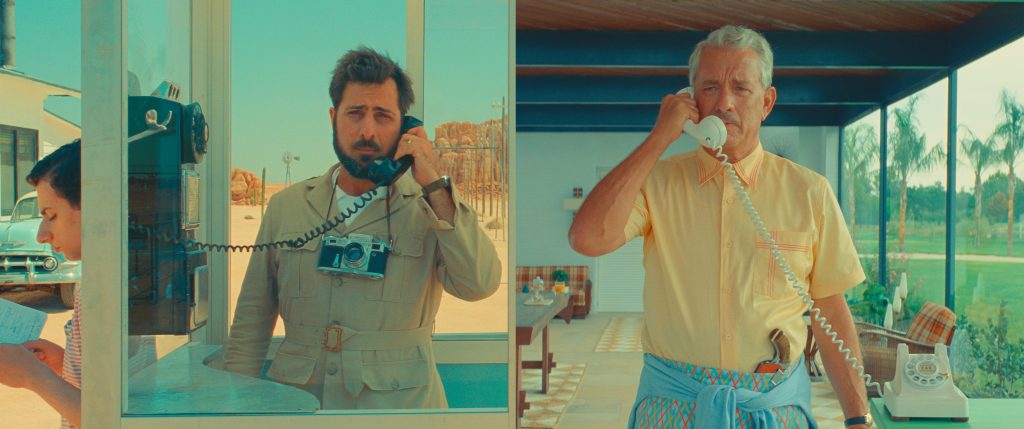
Asteroid City features a cowboy band whose performances enhance the story—even accompanying the students in their rendition of “Dear Alien.” Can you talk about the music behind it?
The music was written by Jarvis Cocker (Pulp frontman) and Richard Halwey, who’s a renowned English player and producer and old, old friend of Jarvis’s. They played live, on camera, in this irregular band featuring Jarvis; a banjo player named Jean-Yves Lozac’h who was also in The French Dispatch; Seu Jorge, who was featured heavily in The Life Aquatic; and Rupert Friend, who is really an actor, but was game to play a little bit of guitar, and he plays on the track. It’s a ragtag group of cowboys who come together, but they’re all basically guys who’ve been with us in other movies, doing musical things.
There is something really symmetrical about an “irregular” band coming together for the movie, considering how the rest of the characters come together too.
Yeah—it’s actually a lot of bands of people. There’s the band itself. And then there’s the band of geniuses. And then there’s the band of little kids, the band of sisters, scientists . . . and that’s another detail that I appreciate. There’s so much creativity in every moment. I see something new every time I watch it.
There’s those games that the genius kids play together, there’s the way they’re making up art projects, they’re making games, songs, dances up. It’s really a treat within the movie. I’m happy that I can be both within it and then also have the opportunity to stand outside of it and just admire it because it’s kind of a perfect thing.
With Wes, least of all, you always know that it’s exactly the way that he wants it to be.
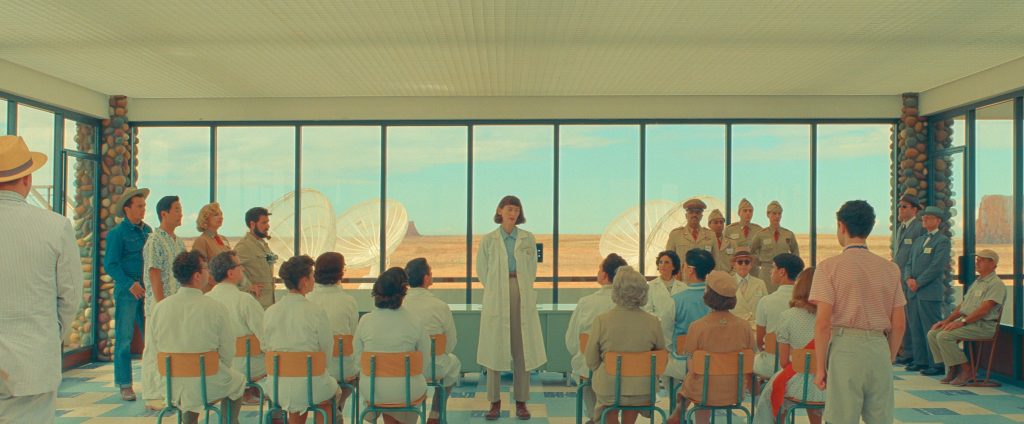
What are some of the other ways that working with Wes is different from working with other directors that you’ve done music supervision for?
I’m fortunate to have this kind of relationship with a couple of directors, but I just really appreciate the continuity and the commitment to the work. And again, this really relentless pursuit of capturing the spirit.
Working with Wes, oftentimes, the music that we’ve pursued is just so rare, right? So whether I’m looking for cowboy songs, or Indian film scores or French pop music or balalaika recordings or orchestras, there’s this incredible variety in the musical landscapes that he imagines or intuits.
The music is consistent throughout the movie except in two scenes: where the alien drops in, and where the wife/actress speaks from the balcony. How did the team score those moments?
We’ve been working with Alexandre Desplat for a long time, and Wes is very hands on in constructing the score and putting the elements together. If there’s a thematic connection, it’s his decision and creative impulse.
It’s a tricky business because it’s a movie that’s really a play that’s also a movie that’s, at times, maybe a book, maybe being written at the moment—it’s so intricate, yet it’s presented so matter-of-factly. That’s sort of the miracle of Asteroid City.

Wes Anderson directing Jason Schwartzman and Tom Hanks
The line of dialogue that prompts the movie’s finale is, “To wake up, you have to fall asleep first.” What does that mean to you?
I’m still trying to figure it out. It sounds so good and it sounds so logical, but I’m not exactly sure. I think it’s sort of a form of poetic meditation that, within the context of the movie, these method actors are using to find their characters. It’s also kind of surreal and absurd and comic in the way that it finds its way into the movie.
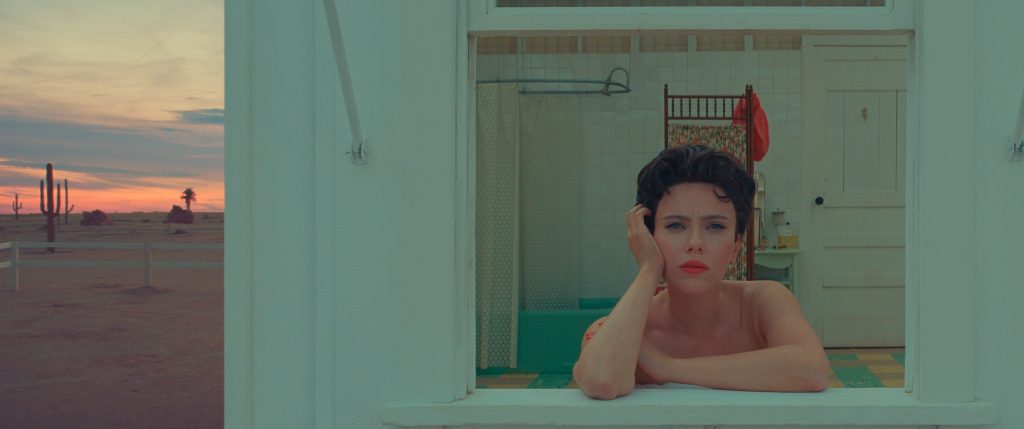
Listen to more of Randall’s inspiration in his Asteroid City playlist.








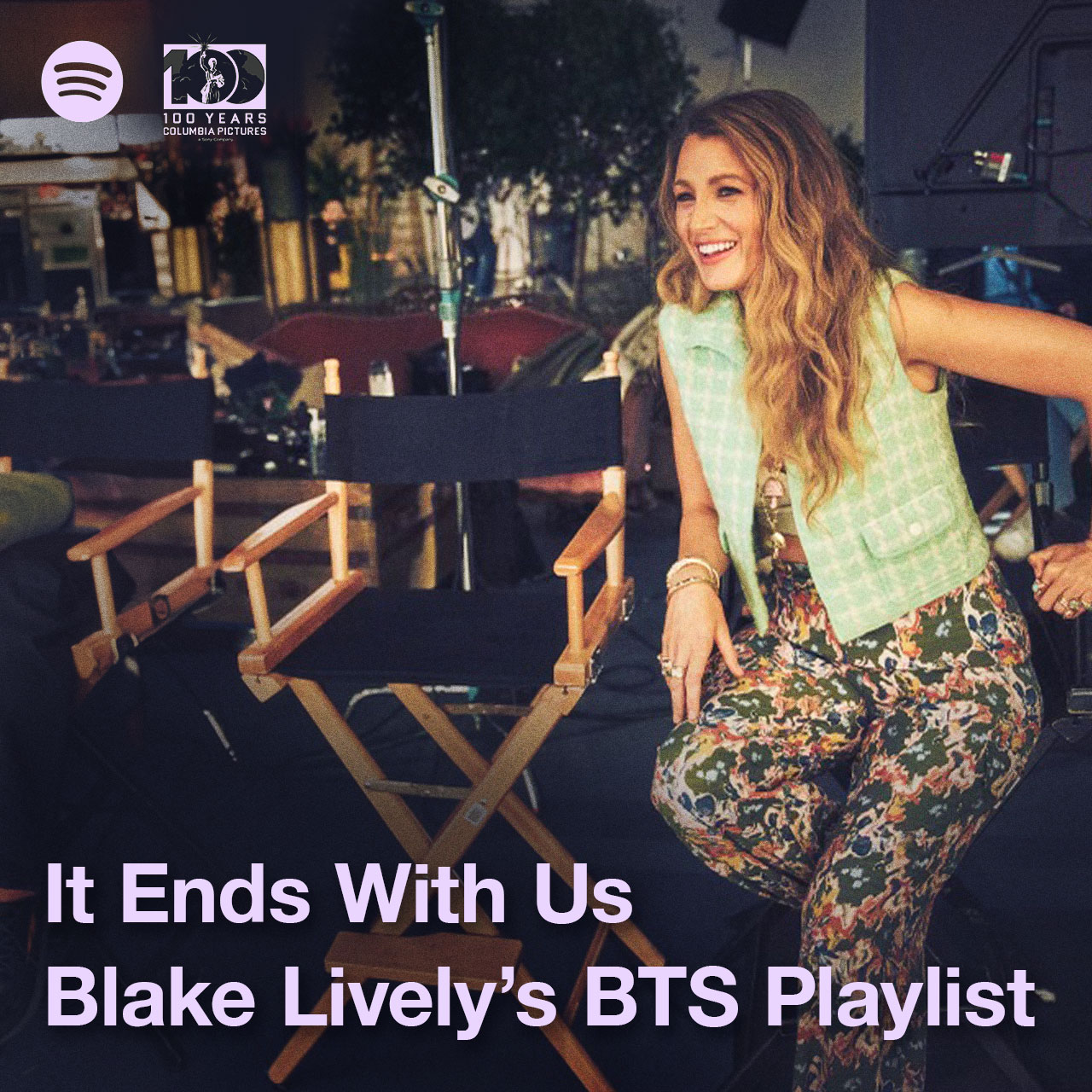
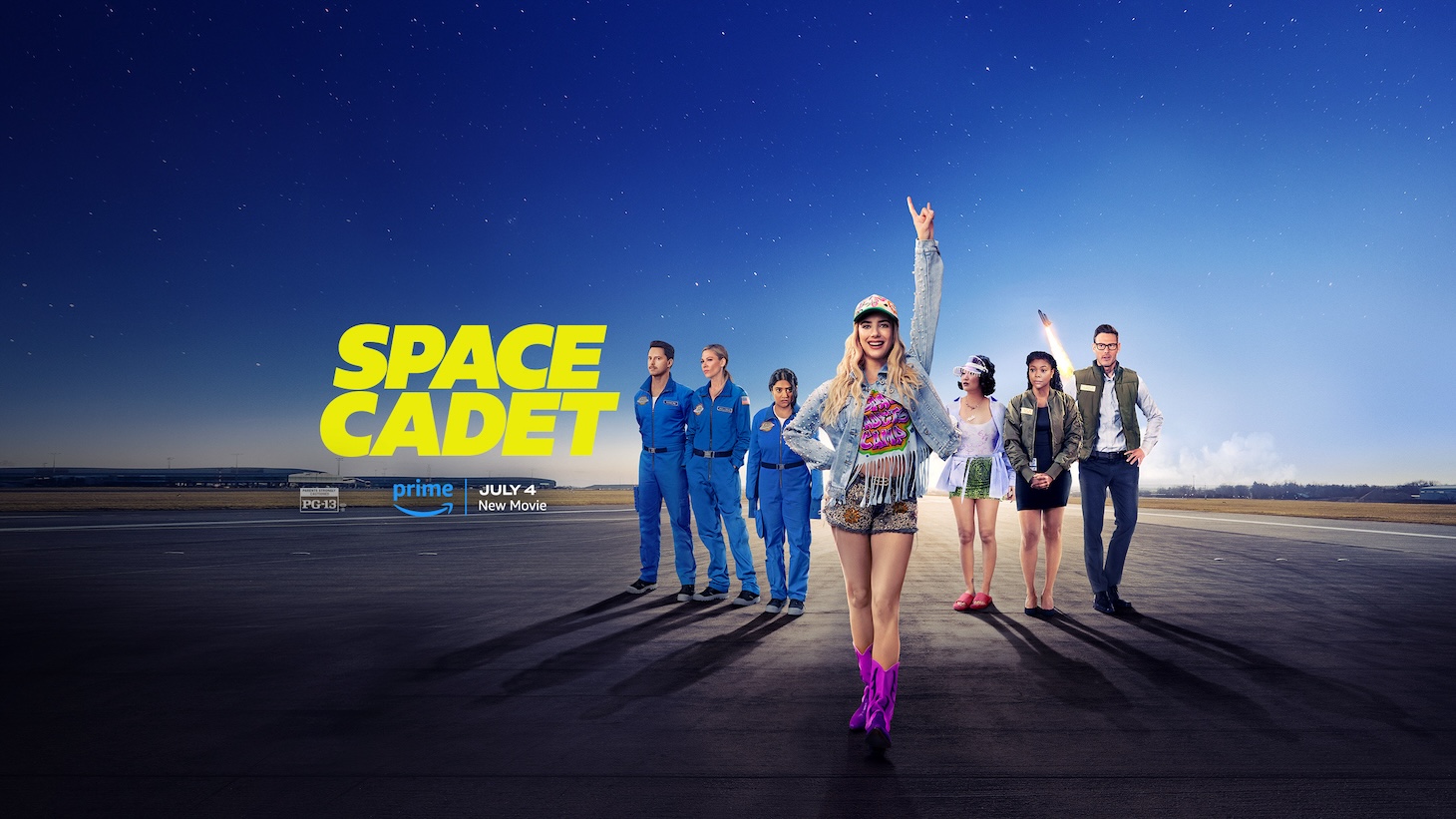
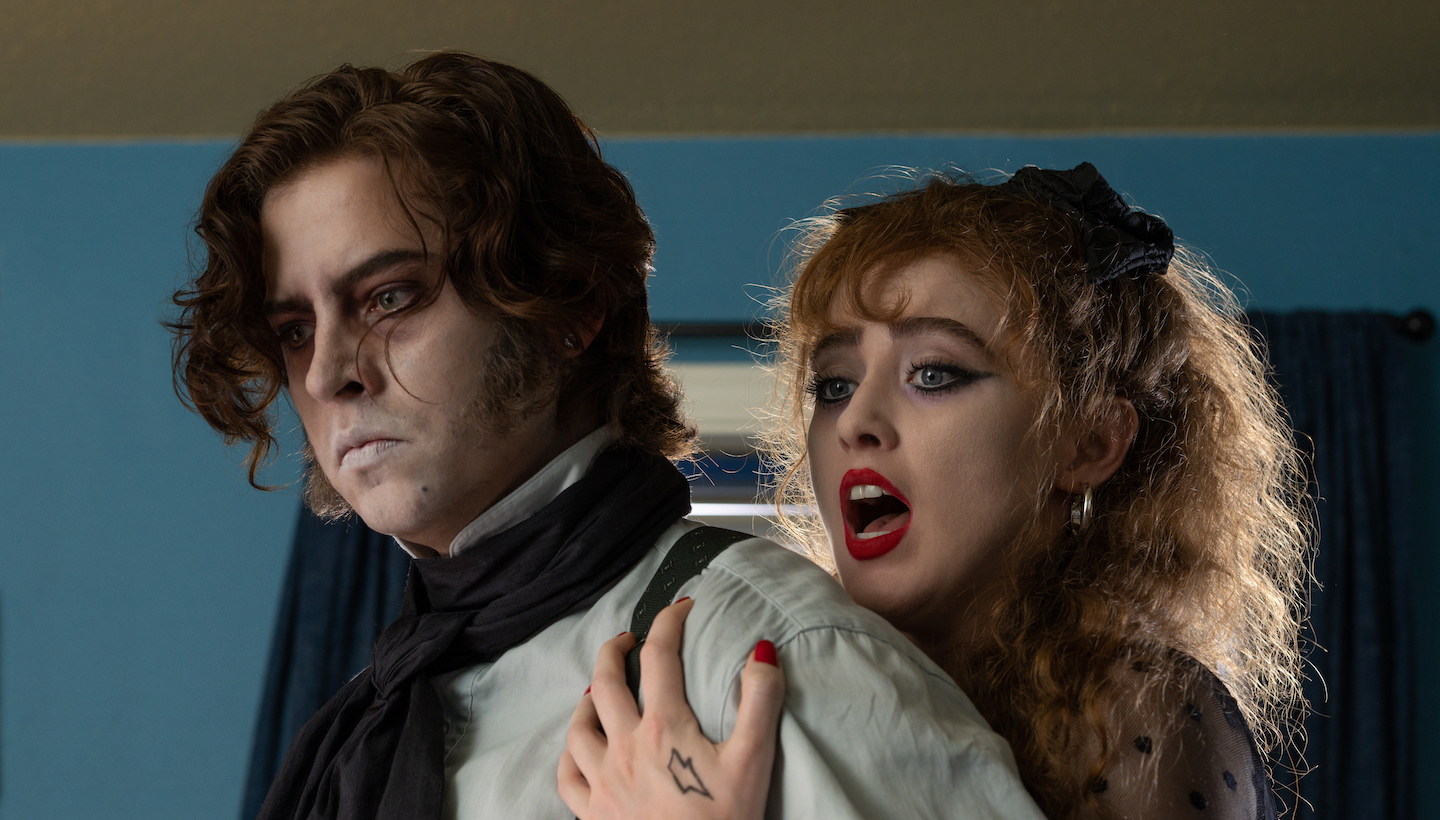


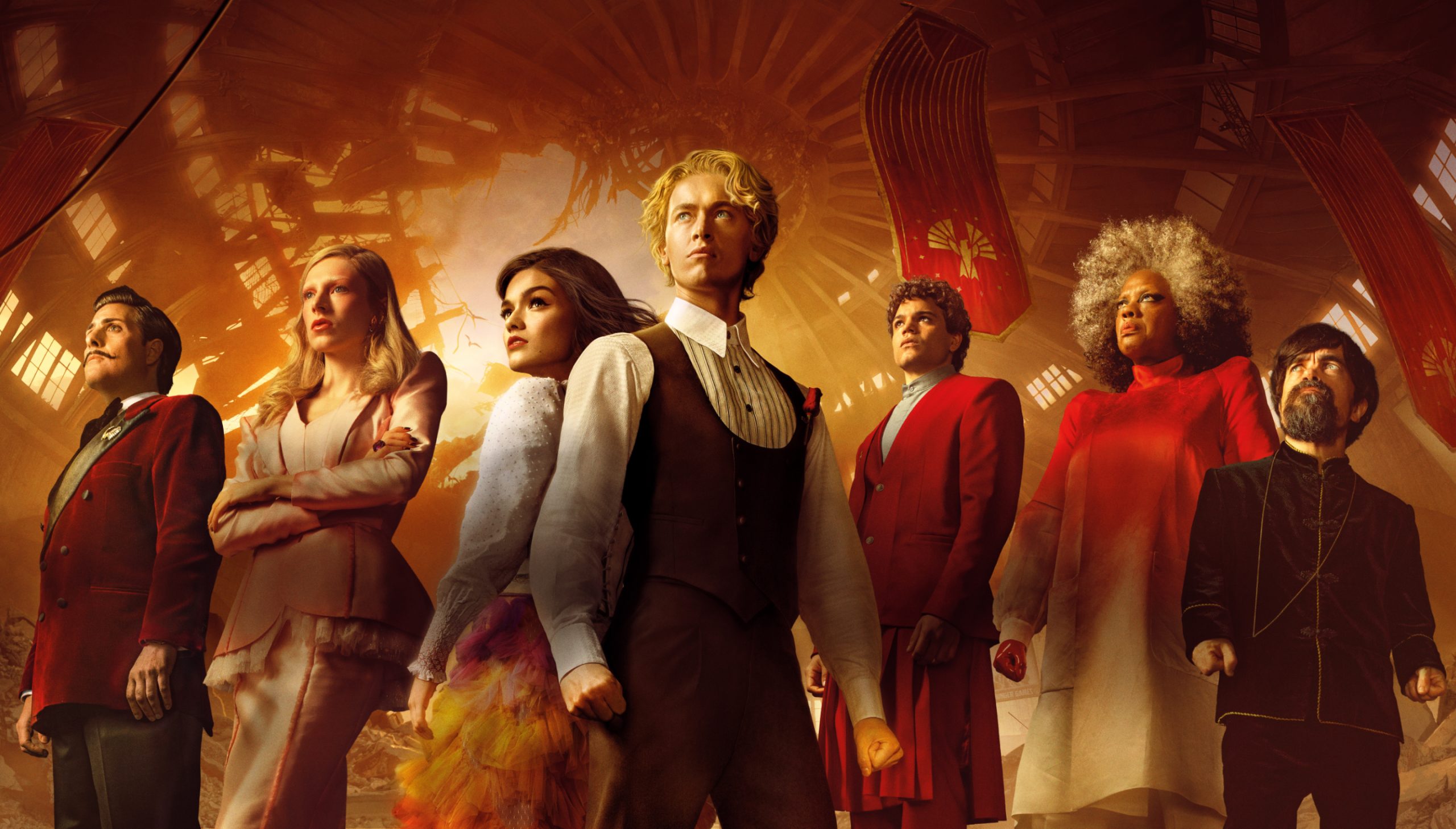
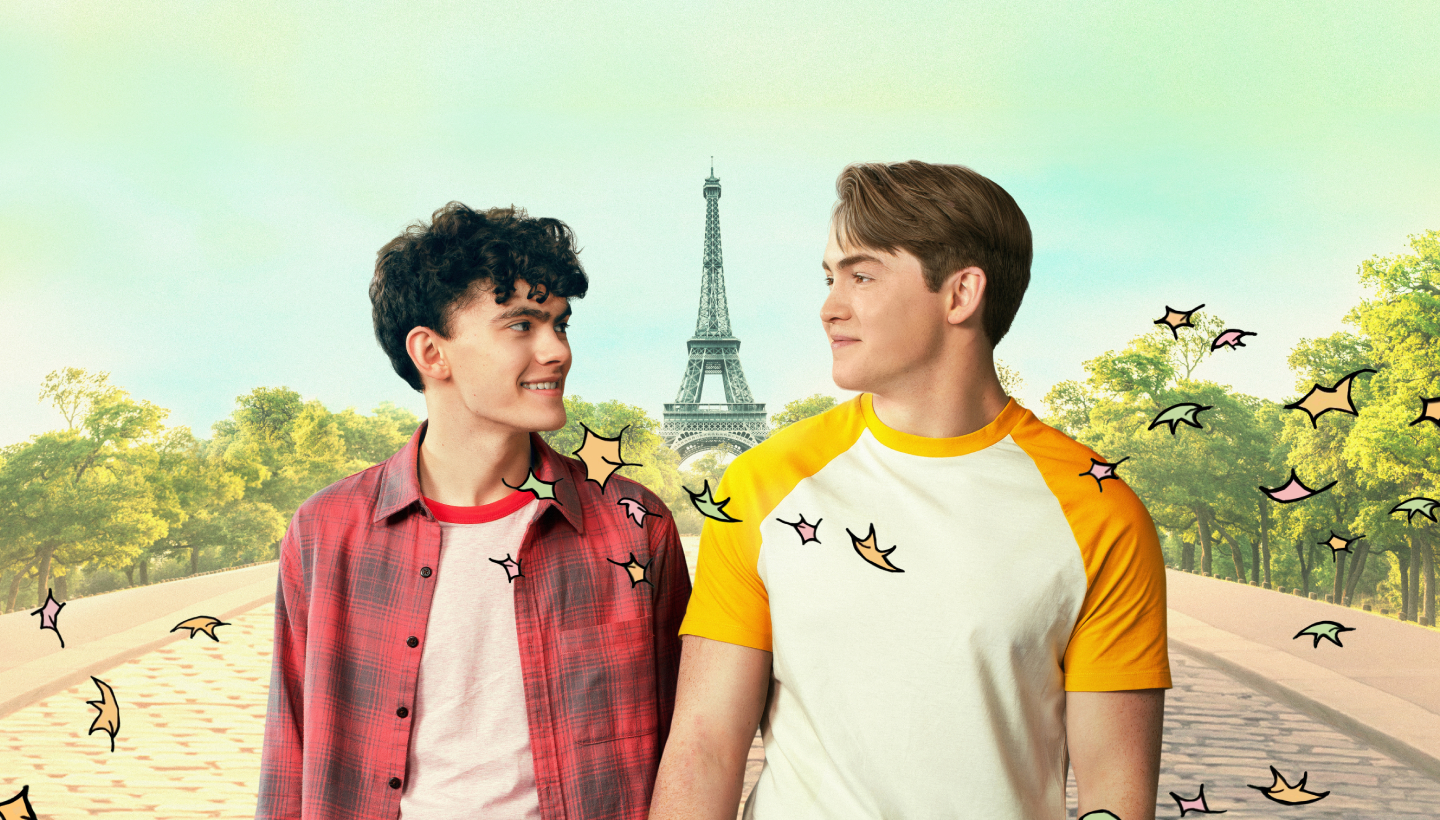








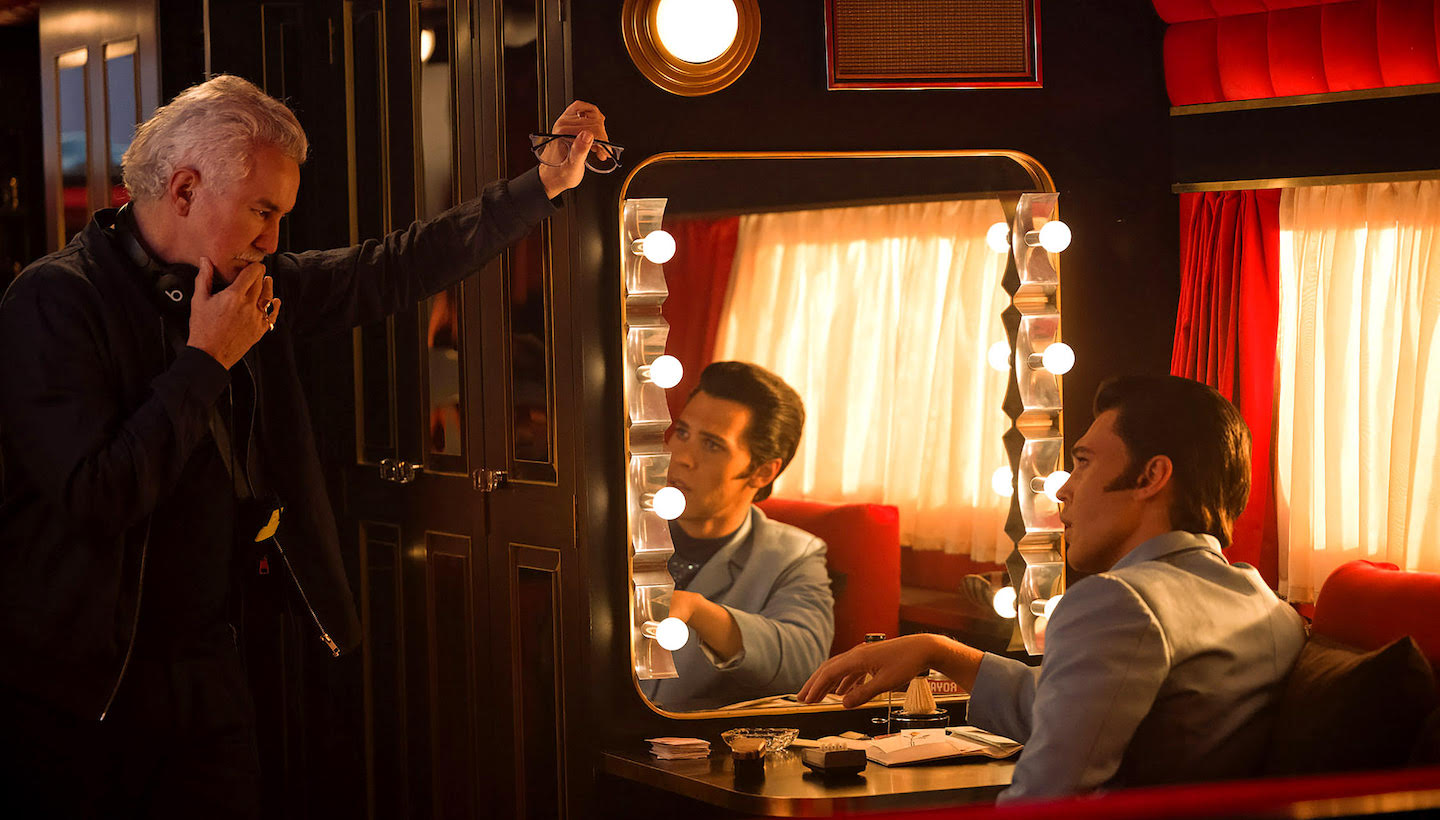
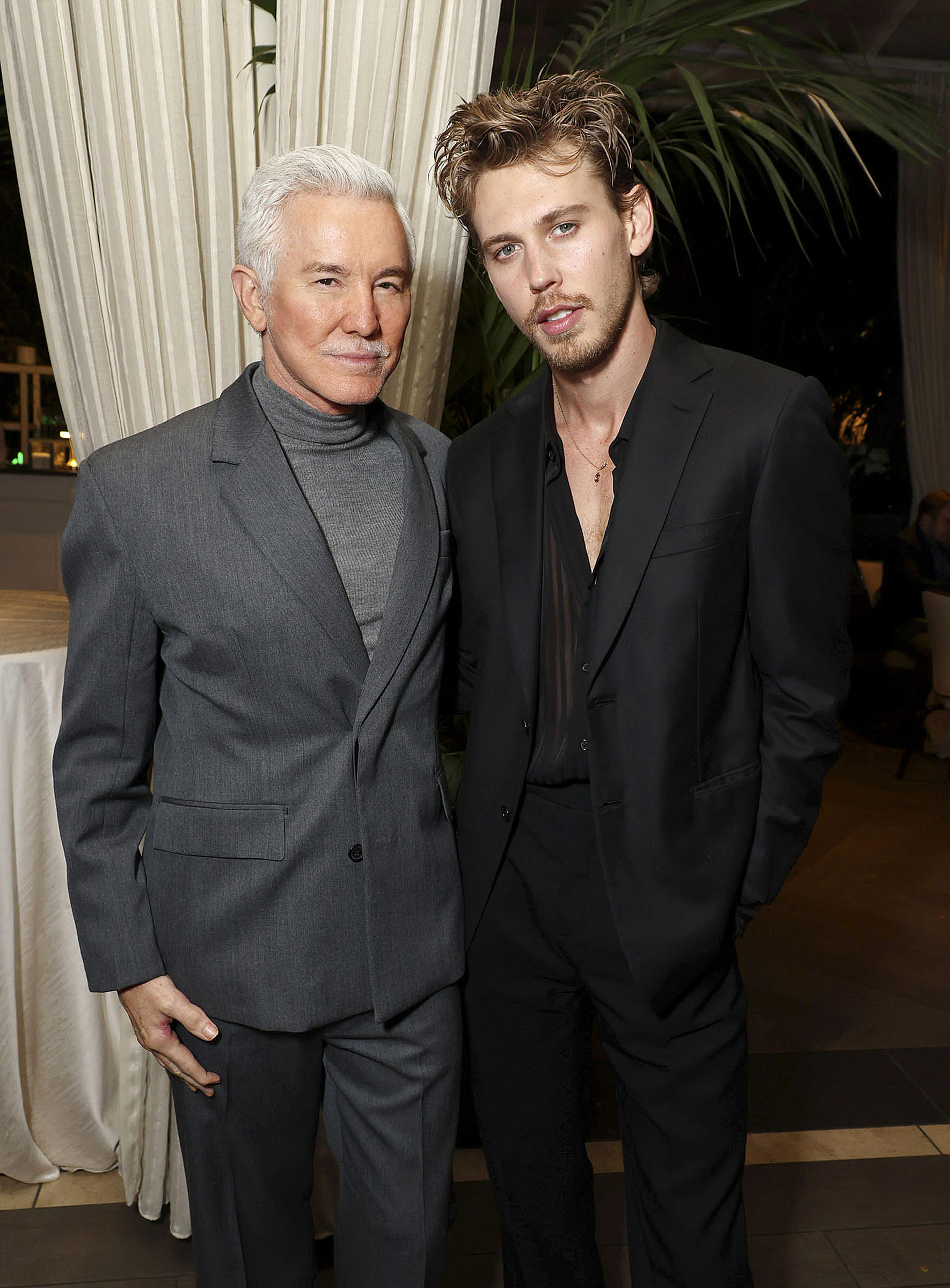
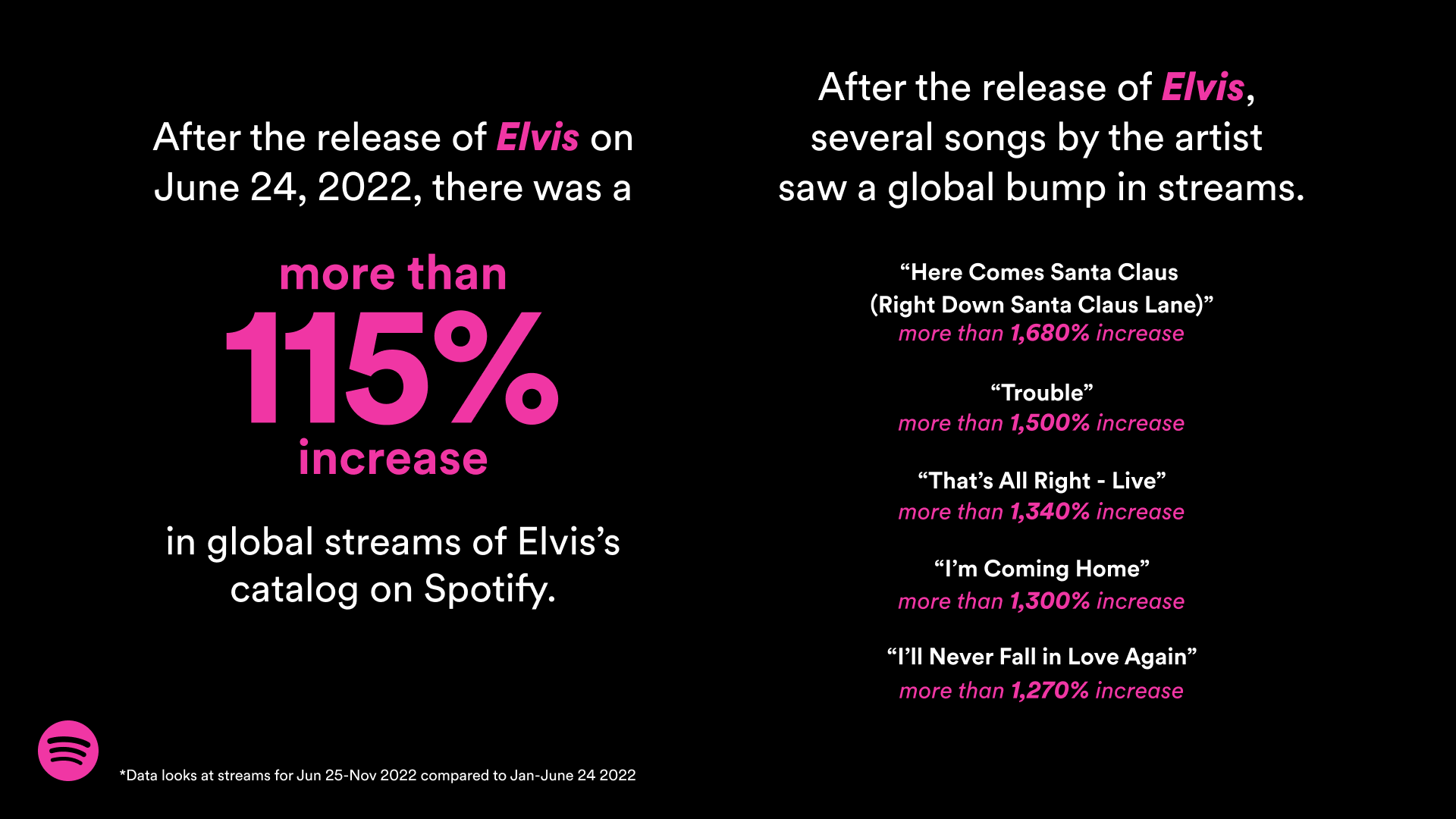
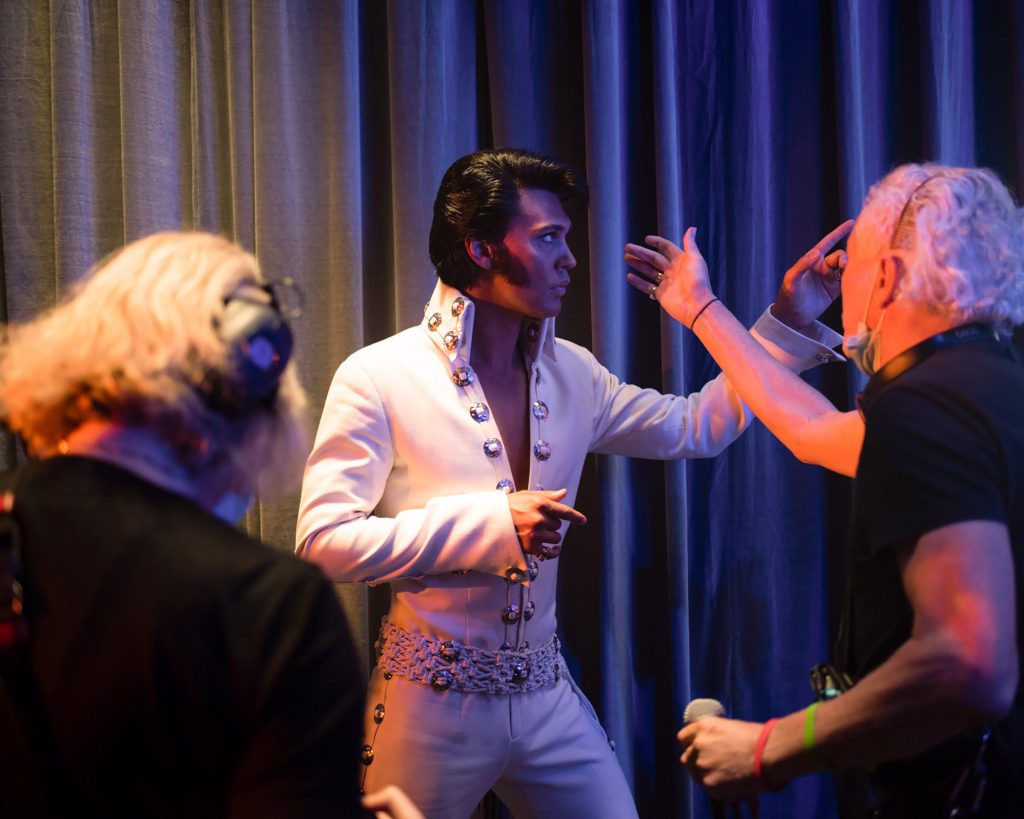
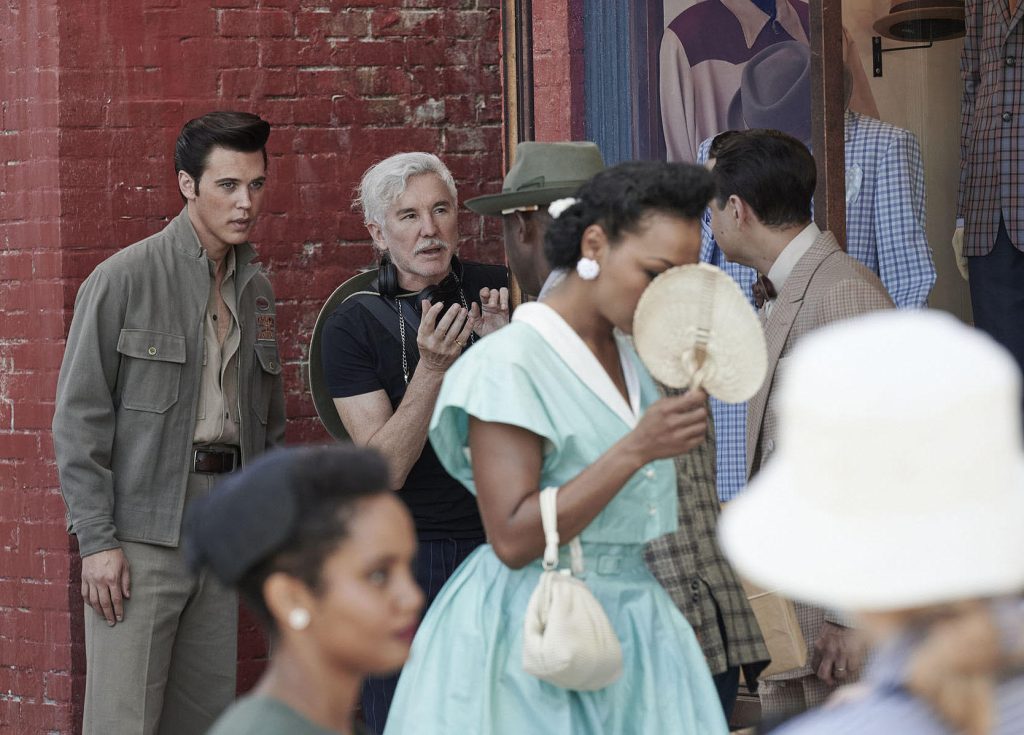

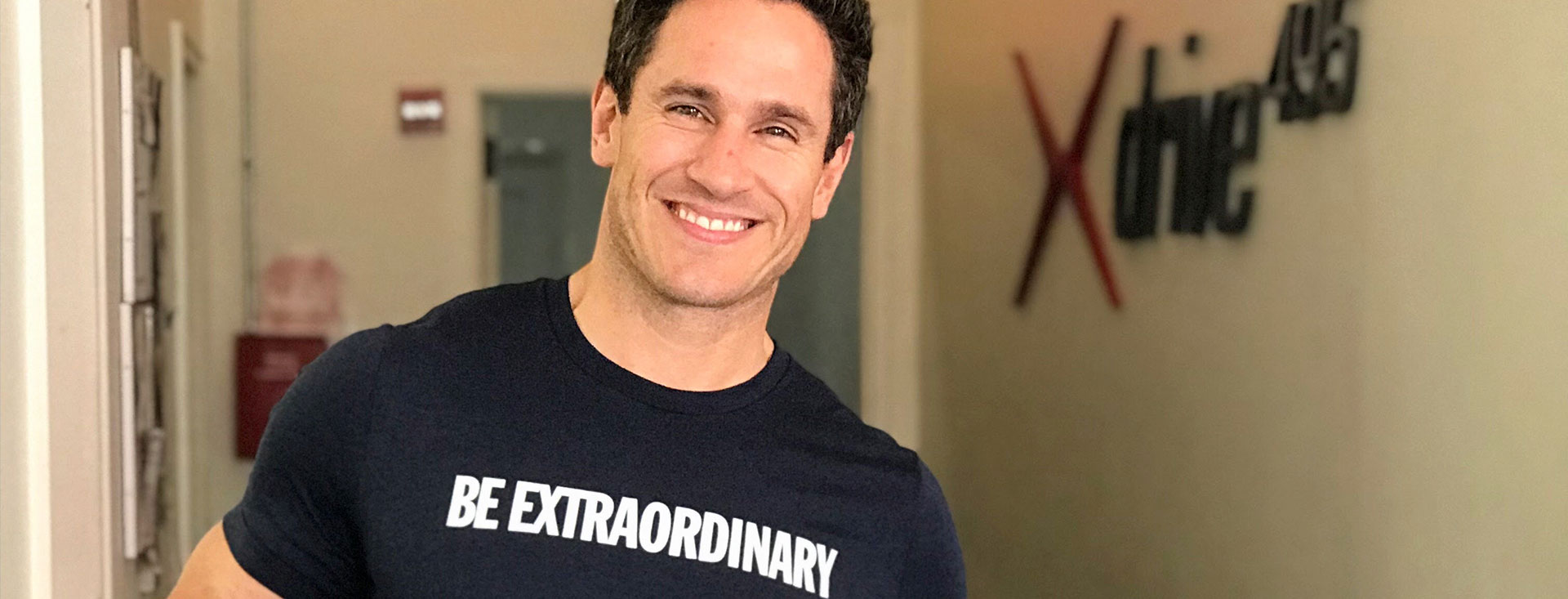

Recent Comments